Hydrangeas are beautiful flowering plants known for their large, colorful blooms. They are a popular choice for gardens and landscapes due to their vibrant colors and ability to thrive in various conditions. This guide will walk you through the steps to successfully grow hydrangeas in your garden.
1. Choose the Right Variety
Hydrangeas come in several varieties, each with unique characteristics. Some popular types include:
- Bigleaf Hydrangea (Hydrangea macrophylla): Known for its large blooms, which can change color based on soil pH.
- Panicle Hydrangea (Hydrangea paniculata): Features cone-shaped flowers and is very hardy.
- Smooth Hydrangea (Hydrangea arborescens): Offers large, rounded flower clusters and is tolerant of colder climates.
- Oakleaf Hydrangea (Hydrangea quercifolia): Notable for its oak-shaped leaves and stunning fall foliage.
Choose a variety that suits your climate and garden conditions.
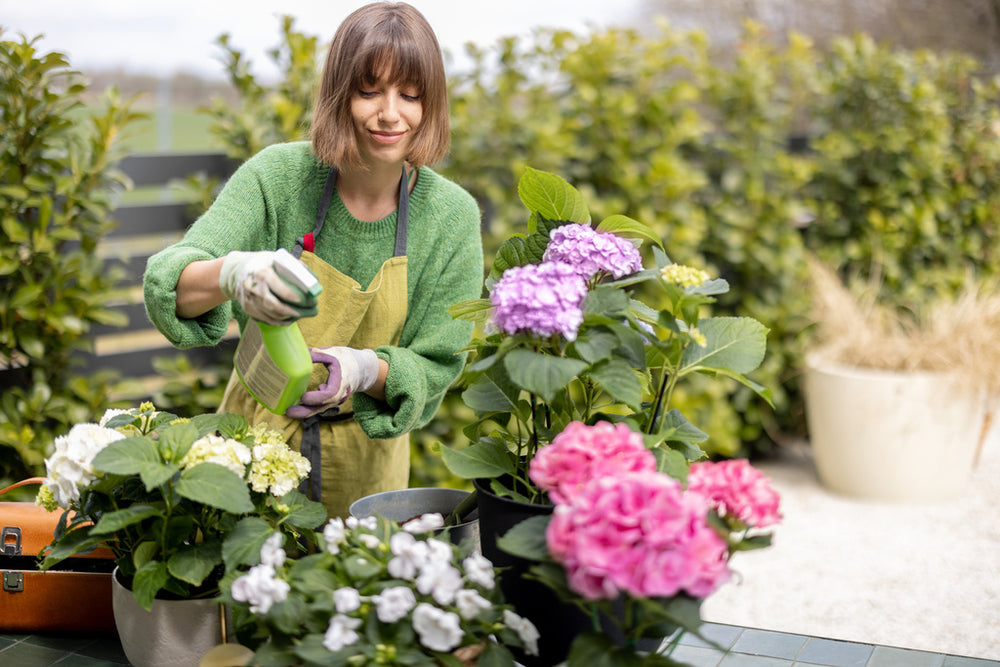
2. Select the Perfect Location
Hydrangeas prefer a location with partial shade. While they need some sunlight to bloom, too much direct sunlight can cause wilting. Ideally, plant hydrangeas where they will receive morning sun and afternoon shade.

3. Prepare the Soil
Hydrangeas thrive in well-drained, rich soil. Before planting, mix in plenty of organic matter, such as compost or well-rotted manure, to improve soil fertility and drainage. Test the soil pH and adjust it if necessary:
- For blue blooms, aim for a pH of 5.2-5.5.
- For pink blooms, aim for a pH of 6.0-6.2.
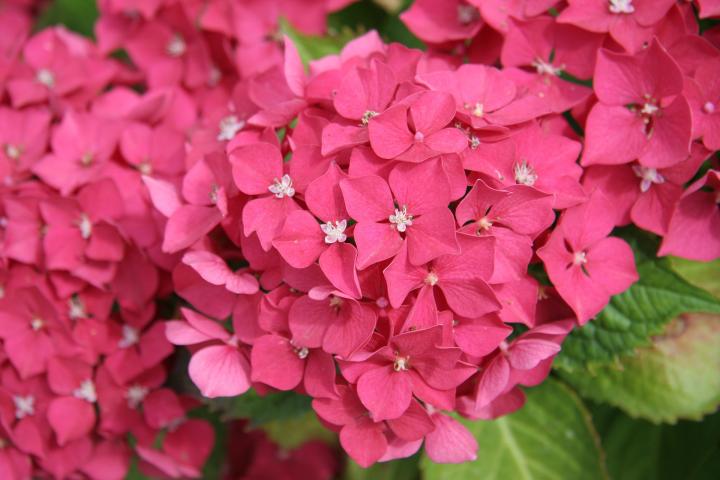
4. Planting Hydrangeas
- Timing: The best time to plant hydrangeas is in the spring or fall when the weather is cool.
- Spacing: Space plants about 3 to 10 feet apart, depending on the variety, to ensure good air circulation.
- Depth: Dig a hole as deep as the root ball and twice as wide. Place the plant in the hole and fill it with soil, ensuring the top of the root ball is level with the ground.
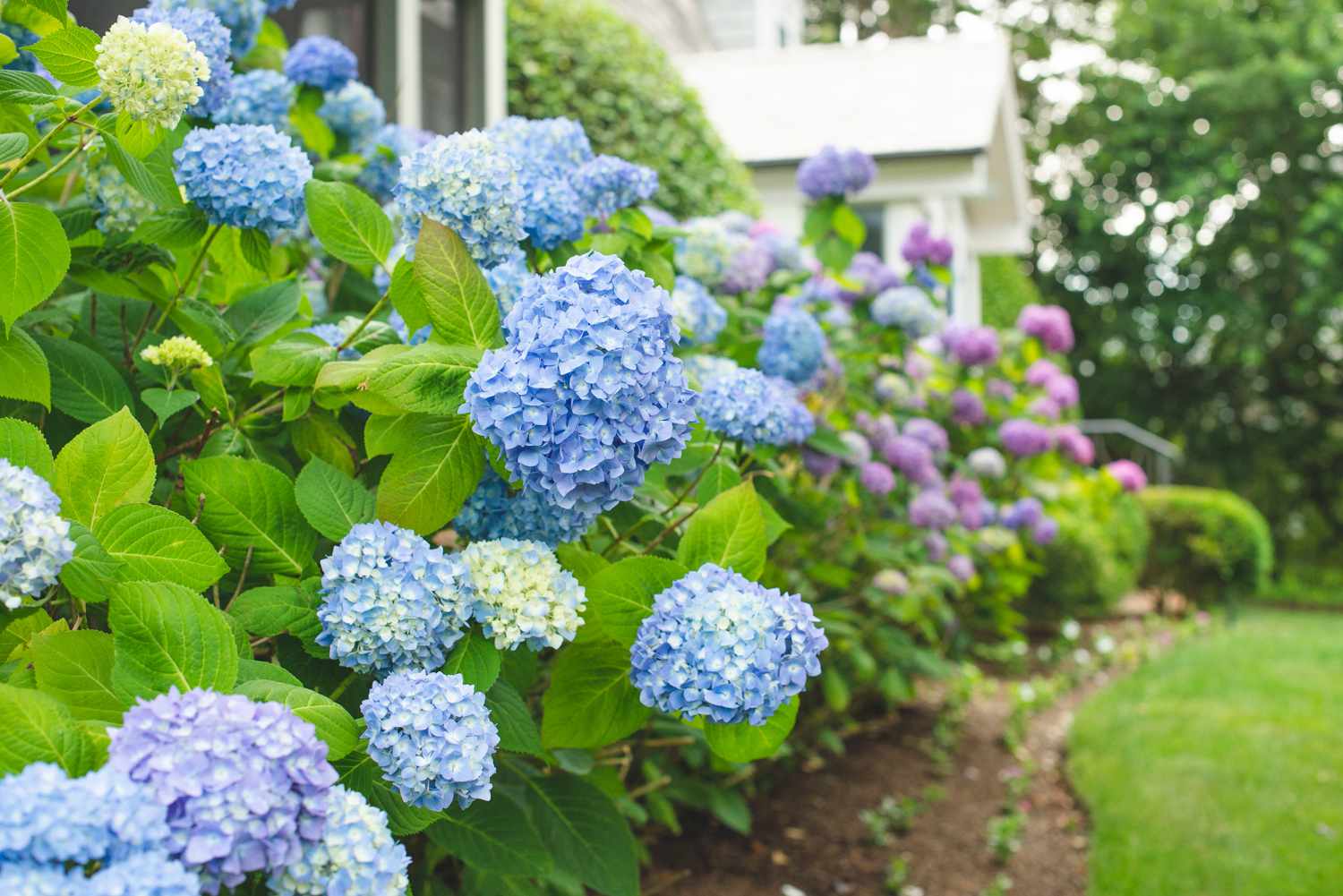
5. Watering
Hydrangeas need regular watering, especially during dry periods. Keep the soil consistently moist but not waterlogged. Water deeply once or twice a week, depending on rainfall and temperature.
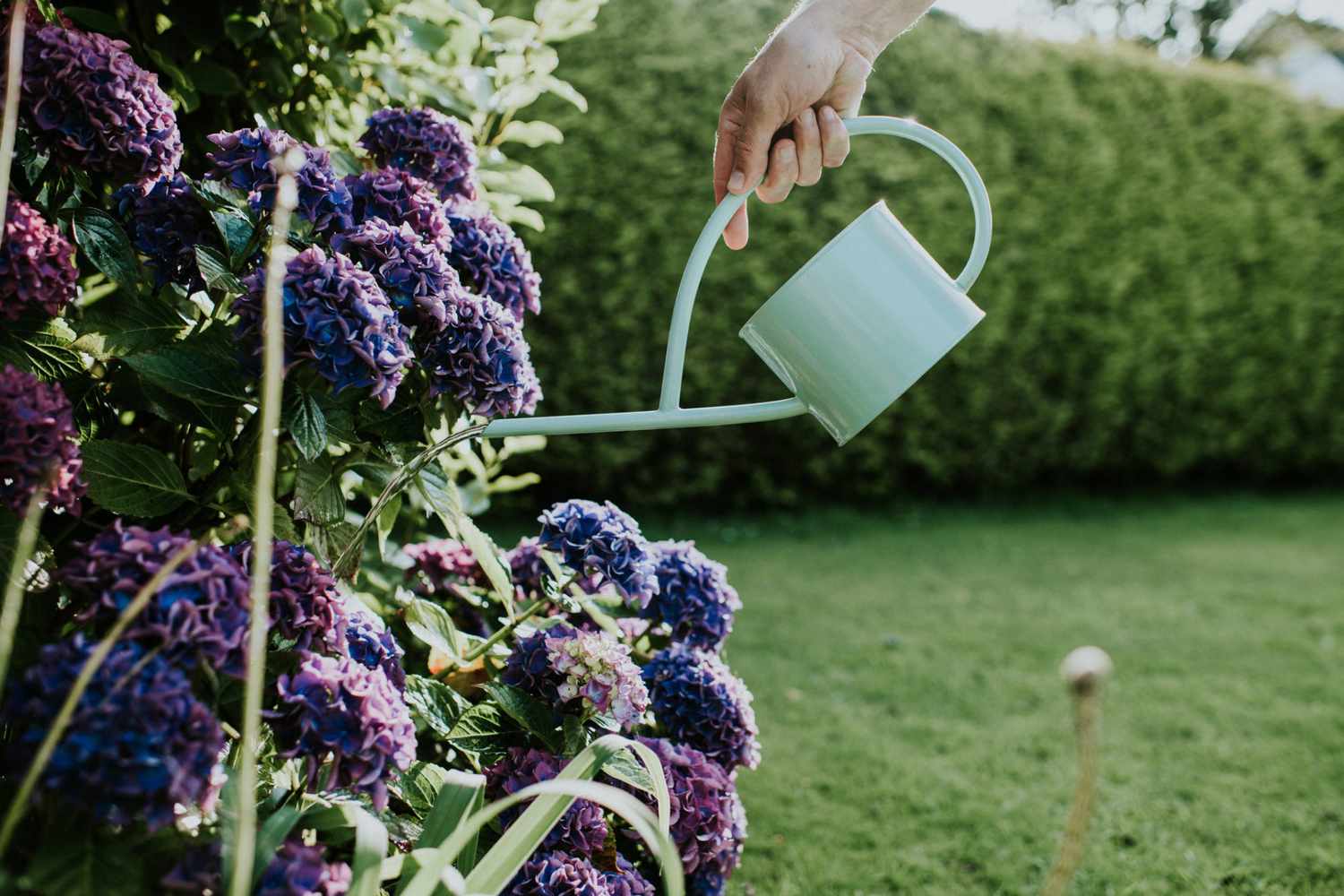
6. Fertilizing
Feed hydrangeas with a balanced, slow-release fertilizer in early spring. Avoid over-fertilizing, as this can lead to lush foliage at the expense of blooms.

7. Pruning
Pruning requirements vary by hydrangea type:
- Bigleaf and Oakleaf Hydrangeas: Prune after flowering, cutting back stems to a pair of healthy buds.
- Panicle and Smooth Hydrangeas: Prune in late winter or early spring before new growth begins.

8. Pest and Disease Management
Hydrangeas are generally resistant to pests and diseases, but keep an eye out for:
- Aphids and spider mites: Spray with insecticidal soap if necessary.
- Powdery mildew and leaf spots: Ensure good air circulation and remove affected leaves.
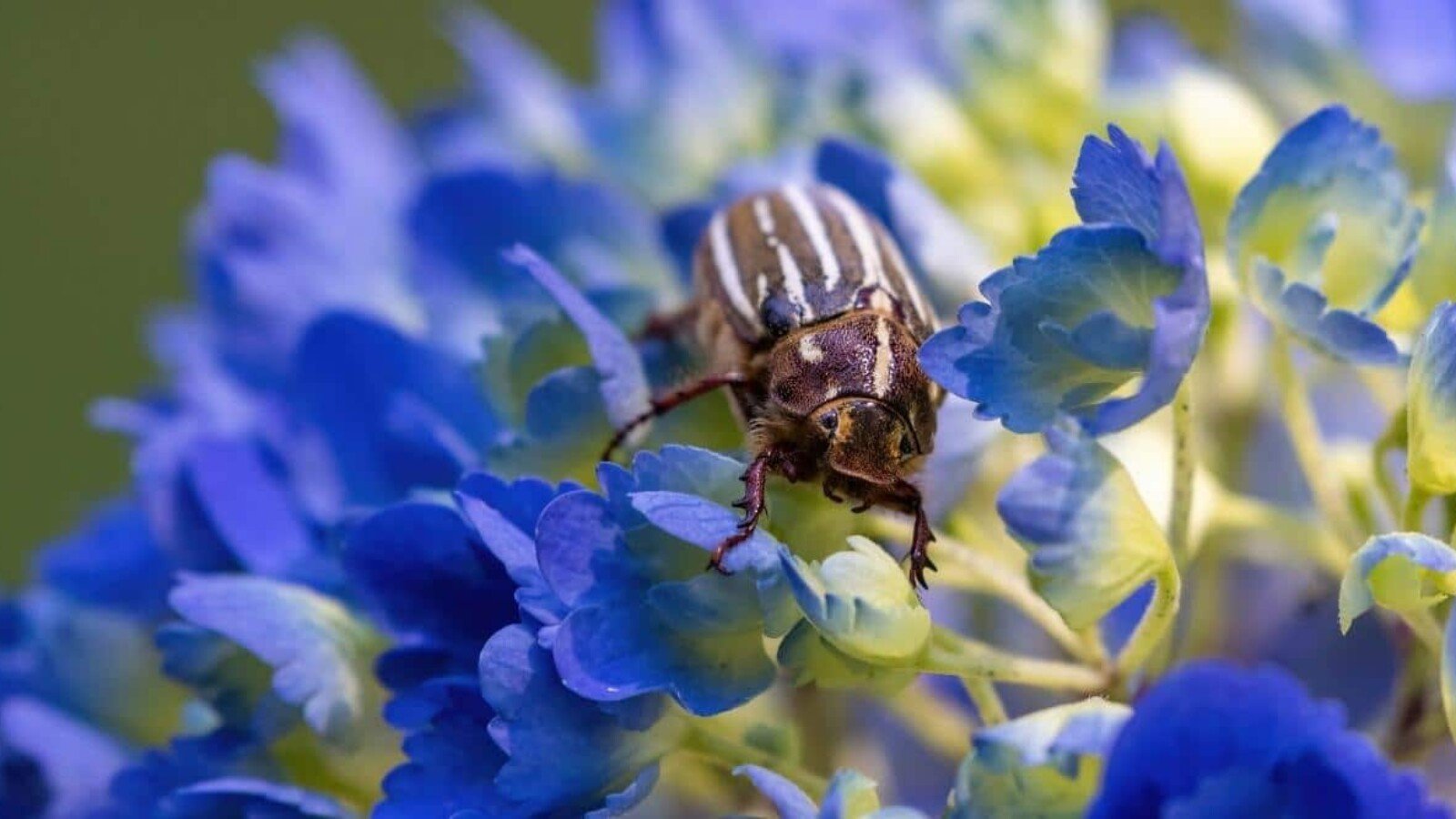
9. Enjoy the Blooms
With proper care, hydrangeas will reward you with stunning blooms throughout the growing season. Enjoy their beauty in your garden or as cut flowers indoors.By following these steps, you can successfully grow hydrangeas and enjoy their vibrant colors and lush foliage for years to come.
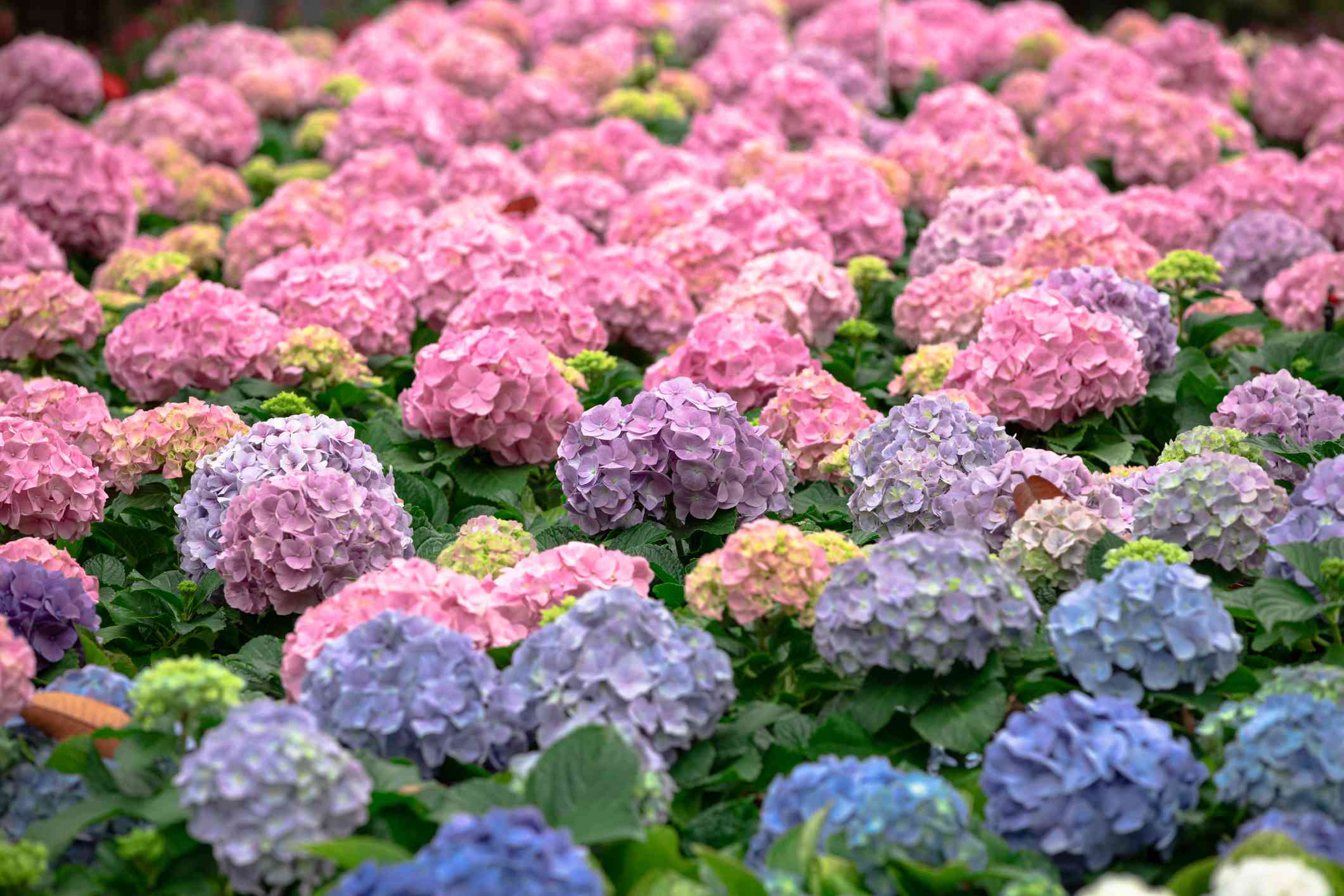
Growing hydrangeas can transform your garden with their vibrant colors and lush foliage. By selecting the right variety and location, preparing the soil properly, and providing consistent care through watering and pruning, you can enjoy these beautiful blooms throughout the season. Whether you prefer the classic blue or pink flowers or the unique look of oakleaf varieties, hydrangeas offer something for every gardener. With patience and attention, your hydrangeas will flourish, adding a touch of elegance and charm to your outdoor space. Happy gardening!
